My name is Markus. I come from a small town in the south of Germany and from my early twenties, I have been seriously into photography. I shoot mostly people, mostly nudes, and mostly on film. Obviously, this post isn’t about my photography. I live, unfortunately, relatively close to the university town of Tübingen, where after my studies I spent the next 8 years as a happy resident. I say unfortunately because this town is home to one of the finest camera shops I have ever seen: Foto Walter. Now this shop got my interest in analog photography fired up more times than I can count, and it also has the best used gear collection from a Leica enthusiast’s point of view that I know.
In the past few years, I’ve had the pleasure of finally getting into the (analog) Olympus OM system, and whilst I love the compactness of both cameras and lenses – the tiny 100mm f/2.8 is amazing! – I missed the heft and feel of an ancient Leica R3 that my former professor had sold to me, and I, some years ago, had foolishly sold. So one day, unsuspectingly, a Leica R4s with a 50mm Summicron R winked at me at an unbelievable price and got me back into Leica SLR photography.
Enter the Leica R8
Now in my life, being a Gemini, good things almost always need to come in twos; so I needed a second body. I had always wanted to try out one of the swansong analog reflexes of the old Leica, and a Leica R8 is not that expensive anymore – at least when you compare it to the original, somewhat north-of-ludicrous asking price.
Before we get too deep into technical things about the R8 – and before we get to the other Diva – let me make a few things clear that weren’t too clear to me; at least not at the time.
First, images on the internet do not always depict sizes accurately, shocking as this may seem. I, for instance, am about 5’9″ tall, and have relatively large hands (like OJ, I wouldn’t fit into that size 8 glove).
Second, on researching the internet, we tend to overemphasise the things we like to hear… for example somebody writing, somewhere: “The Leica R8 is really not as huge as everybody makes it out to be”… Well, remember my OM-2 with the tiny 100mm lens? They both use the same film format. Here’s a side-by-side (the OM has the mentioned f/2.8 100mm, the R8 the f/2 50mm Summicron):
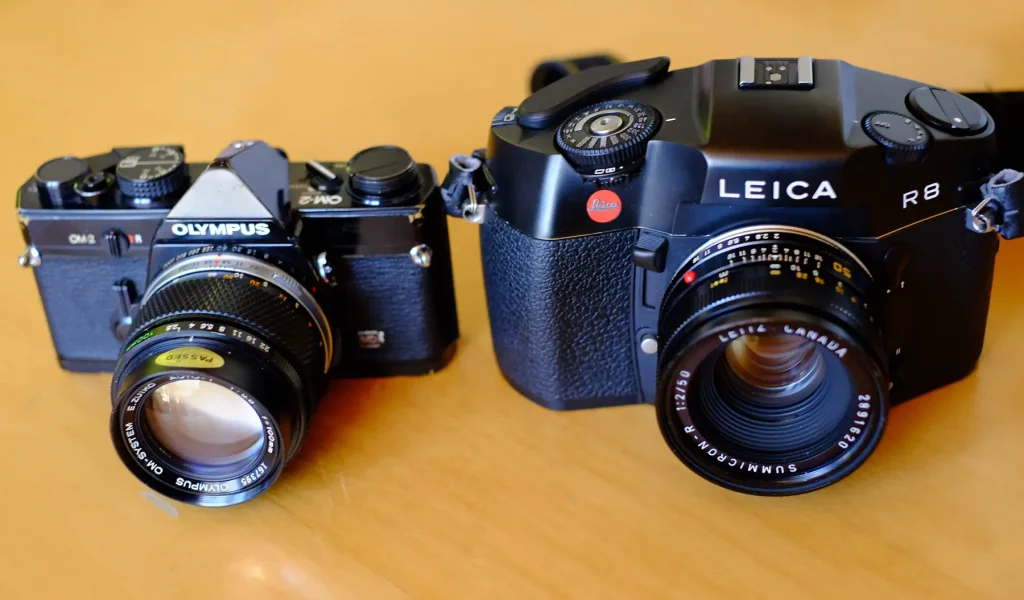
And from the top.
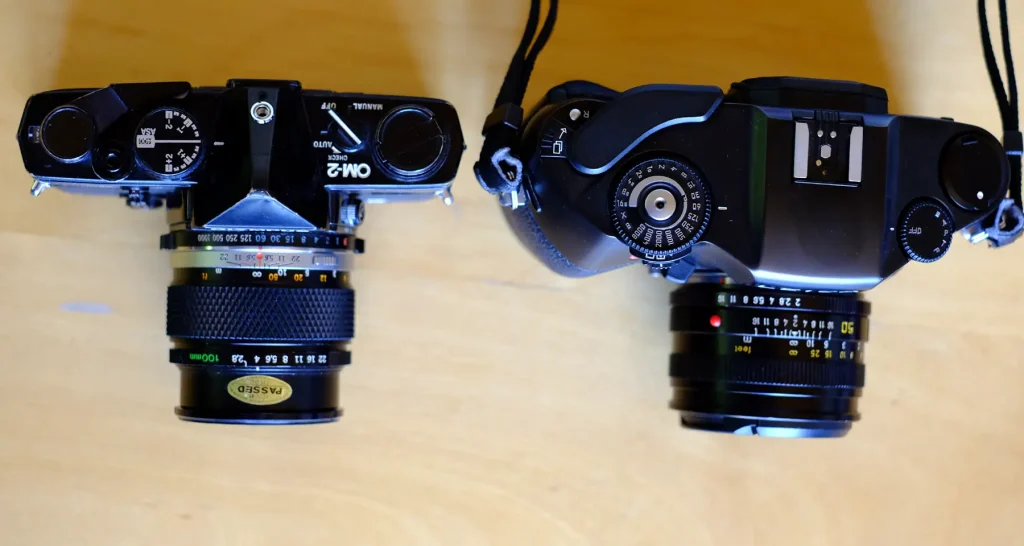
The R8 is ginormous, even when sat next to the R4s, which in its day didn’t win any prizes for being Thin Lizzie. Every time I pick it up, I recoil at the size and the weight. And why then, I hear you asking, do you put up with it? Have patience, just a little bit, I’m getting there…
Enter the Leica M5.
For some time, I had been looking for an analog M with a built-in TTL meter to supplement my Leica M4-P. Now, I Do have a beautiful, working Leica Meter MR to go with the ‘4, but it is not, of course, TTL, and it is very slow to use in changing light. Also, it originally uses mercury batteries (more on that later). What I did like about the Metrawatt Meter was the spot-meter like function, so the obvious alternative camera – an M6 – was not quite what I was looking for. Also, since Leica admitted that they discontinued the M7, prices of all metered analog Ms are slowly going through the roof.
Then, on a completely unrelated errand, I came by the aforementioned shop. A quick glance in the used camera window – just to remind me that there was nothing interesting there, and I could continue my travels unimpeded, unburdened by painful purchase decisions – and… they had a Leica M5, 2-lug-variant, recently serviced, at the low-end of the price range. I was screwed.
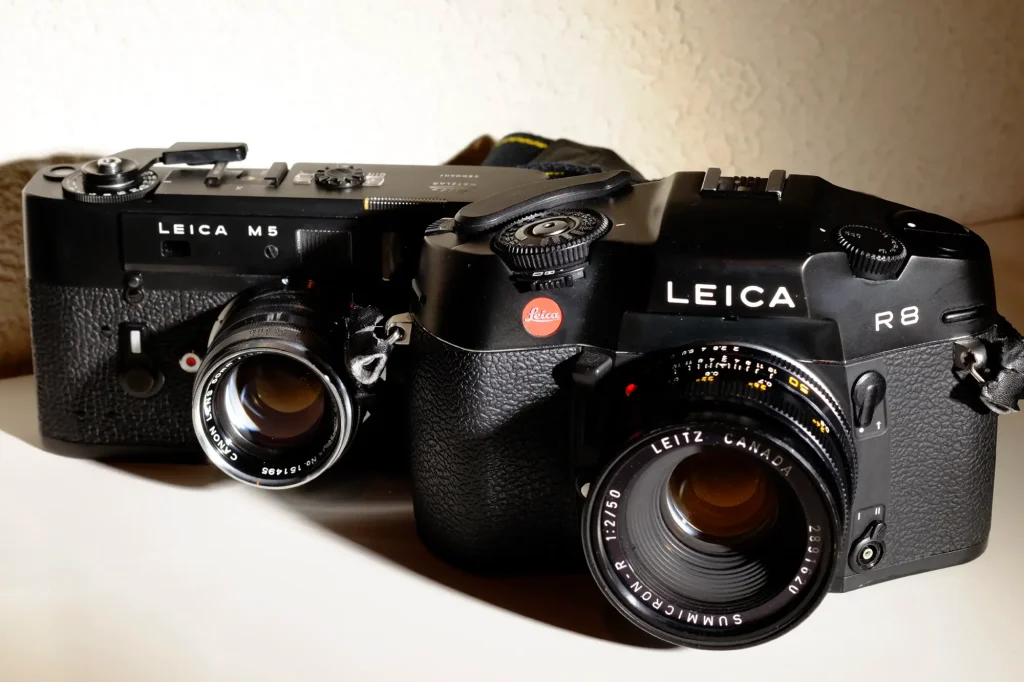
Here are my two divas: M5 with two strap lugs, and a Canon Serenar 50mm / 1.8; and the mighty R8 with Summicron 50mm.
Monday, i.e. the day after, I rang them from the office (guilty as charged), reserving the M5 for me. I really love the service that Foto Walter offers – there wasn’t that hint of a knowing smile on the other end of the phone line… (Just kidding. They ARE fantastic, they know their customers, and in 20-odd years they have never ever sold me anything – they merely showed me things I really, really, badly needed to have. Right now.) A weekend later, it had passed my cursory test. With 30 days return and refund for second-hand items that they offer, I don’t worry too much about the functional aspects – and I never had to return anything there because it didn’t work.
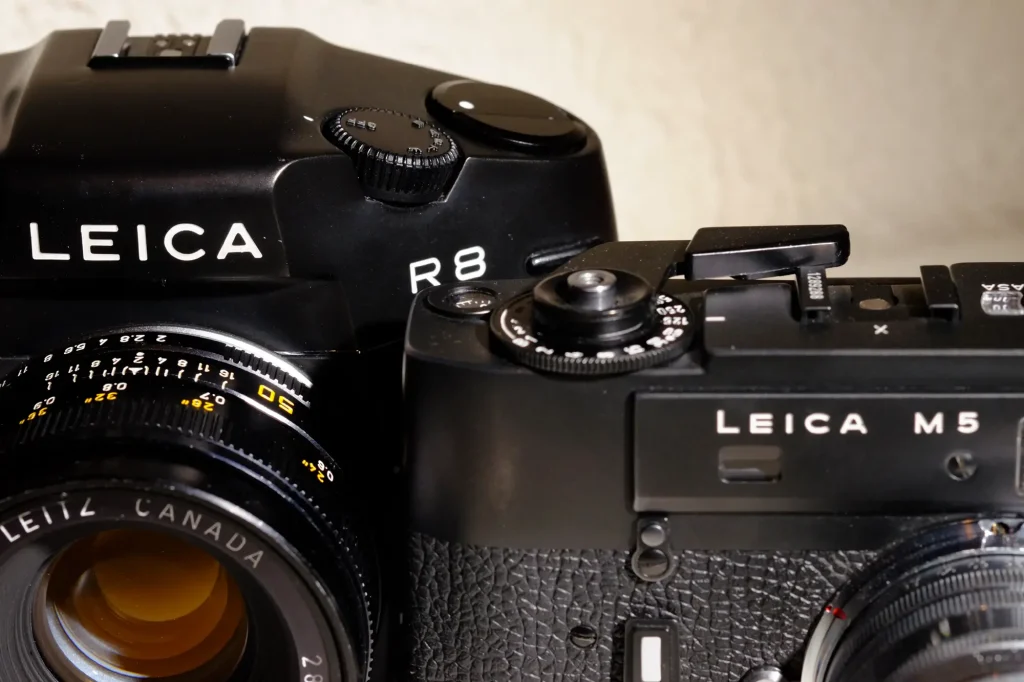
Finding parity
A few rolls of film later and I started to notice a curious pattern linking these cameras emerging. However unlikely that might seem right now, these two may have more in common than meets the eye at first glance…
Both the Leica R8 and the M5 are large, and heavy. Substantially heavier than their precursor brothers and sisters, and, in case of the M5, their successors. This, together with the size difference, necessitates slightly different ergonomics. If you come from, say, an M4-P, and go to an M5, it might feel huge, and awkward at the beginning. Going back, the M4 might feel tiny. Both M5 and R8 are the first of what Leica at the time thought was the future of their respective line, so they built them like tanks. The R8, especially, feels like you could bludgeon somebody to death with it and then take pictures for the news a moment later. It has zero give of any kind and just feel immensely solid.
Both are, of course, extinct and are credited with immeasurably damaging the company – in case of the M5, people still claim it nearly ‘ruined’ Leica. This is bullshit. I shall tell you why in a little while, but as always the sensationalist story prevailed. What’s more important, both of these cameras tried to break out of a design rut, and as such had a ton of innovations that are in case of the M line still sadly absent from their overhyped successors. Which is why they both deserve more than just a passing mention.
A defence of the forgotten divas
First, the M5. In order to do that, we need to look at it and at the R8:
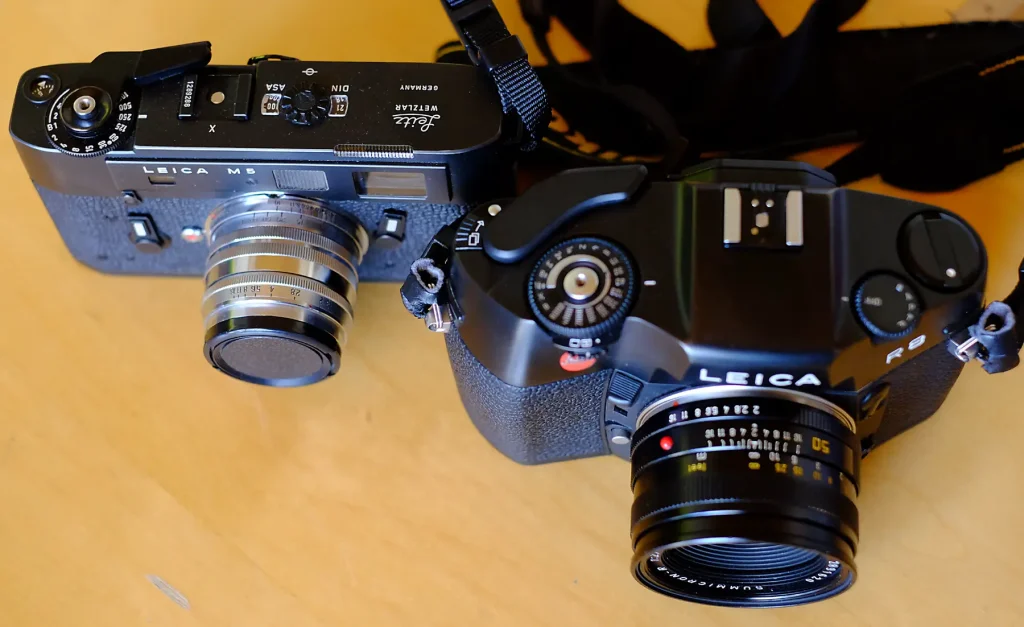
Notice any similarities? Let me mark it for you:
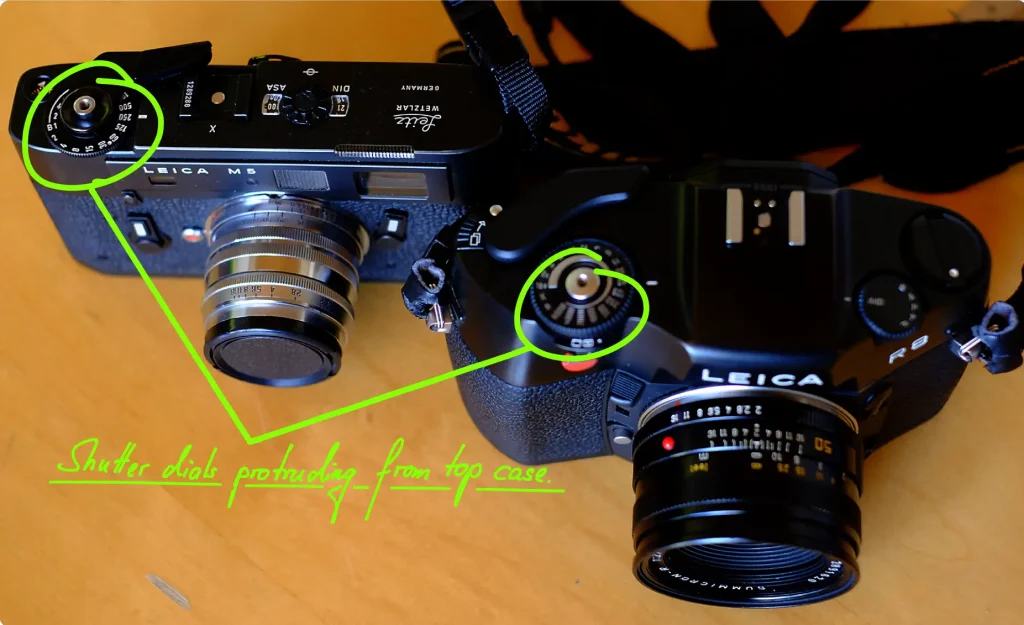
The Leica M5: so far ahead of the curve that no-one got it.
So simple. A staple, by the way, for the operation of many SLRs. Yet, not even the most recent and expensive of digital Ms has anything like it. Just google Leica M10 and you’ll see that dial still sits well inside of the quarterdeck. Of course, with these modern digitals, you can shoot fully automatic. But doesn’t that go a tad against the Leica mantra of ‘Das Wesentliche’? With a dial that comes out from the top plate a tad more than 2mm, adjusting the speed with the camera to the eye is a non-issue – especially when there is a shutter speed readout in the viewfinder.
If there is one thing that I passionately, positively hate about my M4-P, it is that idiotic shutter dial. In itself, it’s too darn small (remember – big hands), too difficult to turn, and has this sharp cutout for the pin from the MR meter that always nicks my finger. And even if you manage set the time relatively hassle-free, you still have no idea about the speed you’ve dialled in with camera to your eye.
Even with the M6, the successor to the M5, you just have a centre LED that glows when correct exposure is obtained. It could be that you’ve set 1 second, but you wouldn’t know unless take your eye from the viewfinder, in order to check the dial for the selected speed. At which point those expensive electronics merely brought you back to the age of the M4-P with MR light meter …
In my opinion, Leica got it right with the M5. Spot-metering trough the lens, without having to do finger gymnastics and getting the selected speed shown in the viewfinder just feels right to me. There was nothing new with this either. Many of the brands, including Leitz, already did similar in the finders of their SLRs. The genius was in bringing it to the M system. And the idiocy was in ditching it and forgetting it for the next 30 years until the M7, for the sake of ‘tradition’.
Breaking the mould
Film loading (euphemistically called ‘quick-loading’ by Leica) is still a bitch with the Leica M5, but many other features differ from what came before and after. The rewind crank – another first – is located in the base plate. Now let me tell you something, people, I have owned early thread mount Leicas for over 20 years. I still own 2, still love them, both work, both get regular attention. But the one thing that absolutely, completely and inexcusably sucks is that fiddly rewind knob. Whoever brought that piece of equipment back to the current analog M line deserves a medal, because this enlightened fellow saved me a lot of money! I will never, ever, buy a Leica with a rewind knob, unless it is pre-1960.
In 1971, Leica managed to integrate a perfectly useable rewind crank in the bottom plate of an M. Out of the way for all those tender, tender souls that need to shed hot tears at the angled cranks of the M4 – M7 line… “But mommy, it breaks the lines of the cameraaaaaaa” I hear your sobbing. Better still, on the M5 it’s truly out of the way. It still turns whilst you wind the shutter, so that you know whether you beat the iffy quick-loading thingy too.
I’ve no idea why they got rid of that bottom-plate crank when they returned to ‘tradition’, but I really like the rewind crank of the M5! It gives back in speed rewinding what you lose whilst trying to insert the film…
The Meter
I don’t know if it is my M5’s idiosyncrasy, as I have handled only one, but as I crank the shutter and wind the film, during the last third or so of the motion, the resistance on mine stiffens somewhat. I guess this is to do with the metering arm being brought up, and is noticeable even when I have no film in the camera. It takes some getting used to, as on the M4-P the tension that the film advance crank offers remains the same throughout its motion.
But, when that metering arm is up, it has the best meter I have seen on any analog M-mount camera. Basically, what you get is a very responsive, very accurate spot meter. As such, with the camera on your eye you can measure different areas of your selected scene, and then select a speed according to your preferences, then recompose and shoot.
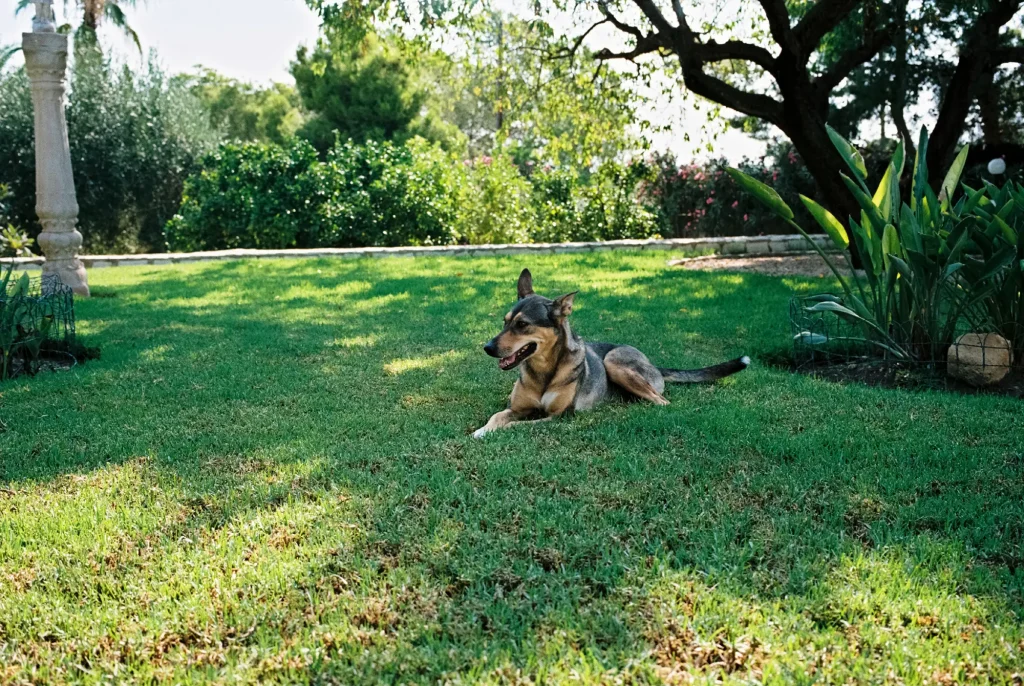
The 1.35v Battery
A fly in the ointment is the need for a Mercury-Oxyde, 1.35 Volt battery – these are no longer available, and as far as I can tell haven’t been for a while. There are options though. You can buy an adapter and use a Weincell zinc-air battery. I use them, in my MR Meter, and in my Gossen Lunasix. Unfortunately, they have a tendency to run out when you need them – for instance, when it’s cold, or when you have difficult light conditions and need more than one meter reading. Actually, whenever. Also, they are expensive – though that shouldn’t be an issue, you’ve just bought a Leica. Worse, they need about 20 minutes from removal of the tab to let air in and start the reaction that produces the current to fully wake up – so even if you carry replacements, you better also carry a beer and a sandwich and a magazine…
The alternative is that you can have your Leica M5 converted to 1.5 Volts, and use a modern 1.5 volts silver oxide battery. The fellow who sold me mine through the shop not only had his camera completely CLA’d a year before selling it, but also had it converted for me. In itself, it shouldn’t break the bank, and power-wise, you finally enter the 21st century… sort of; it’s not rechargeable.

The superior camera?
Is it a superior camera? Of course, this does depends on what you do and how you do it. The killer for me – as you might have noticed – is that for the first time photographing with a Leica M, I know the bloody shutter speed. This also means that if I see that I am approaching my personal hand-held shutter limit, I can try to see if I can open the aperture more. The direction the meter needle travels will tell me immediately where I am going without having to take the camera from my exe, and I can compose and shoot immediately. In this respect it is better for the way I shoot than the M6 I had, and much more useable than the M4-P / Meter MR combo.
Yes, I could have bought an M7, but what with prices rising, frankly, it didn’t seem worth it. The M5 is a bargain, and not only by comparison. It can still be serviced and repaired, there are enough people at independent repair shops that know the camera, meaning you don’t need to send your camera to Leica for a CLA (and sell a kidney to afford the service).
A couple of M5 photos
Some more images shot with the M5 – mostly with the Canon 50mm/1.8 LTM & adapter, or the Voigtländer 35mm 1.7 Ultron:
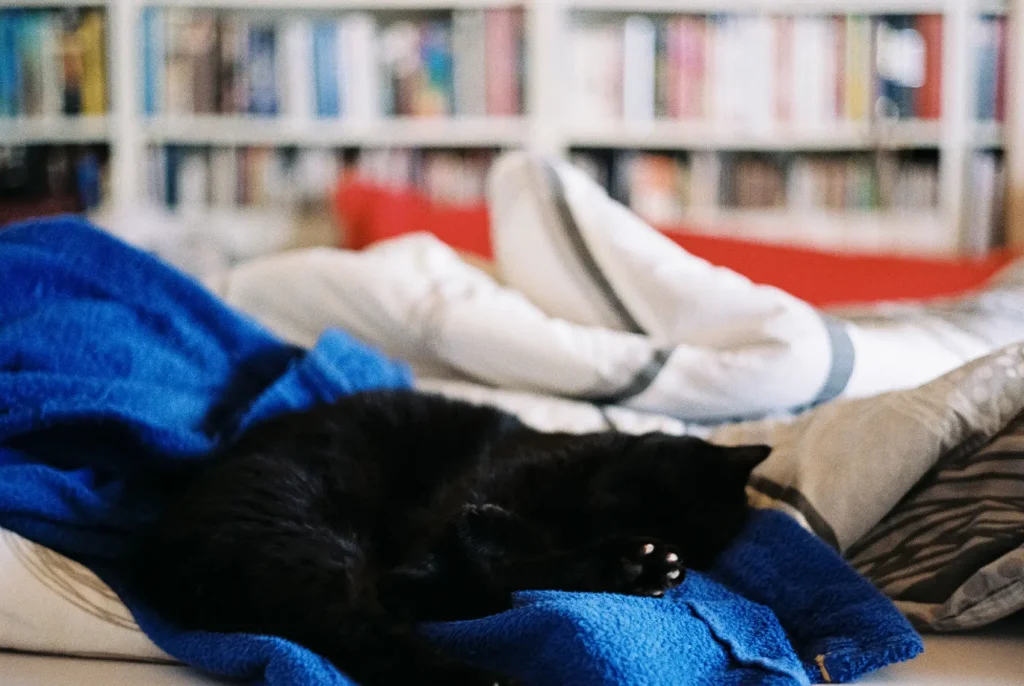
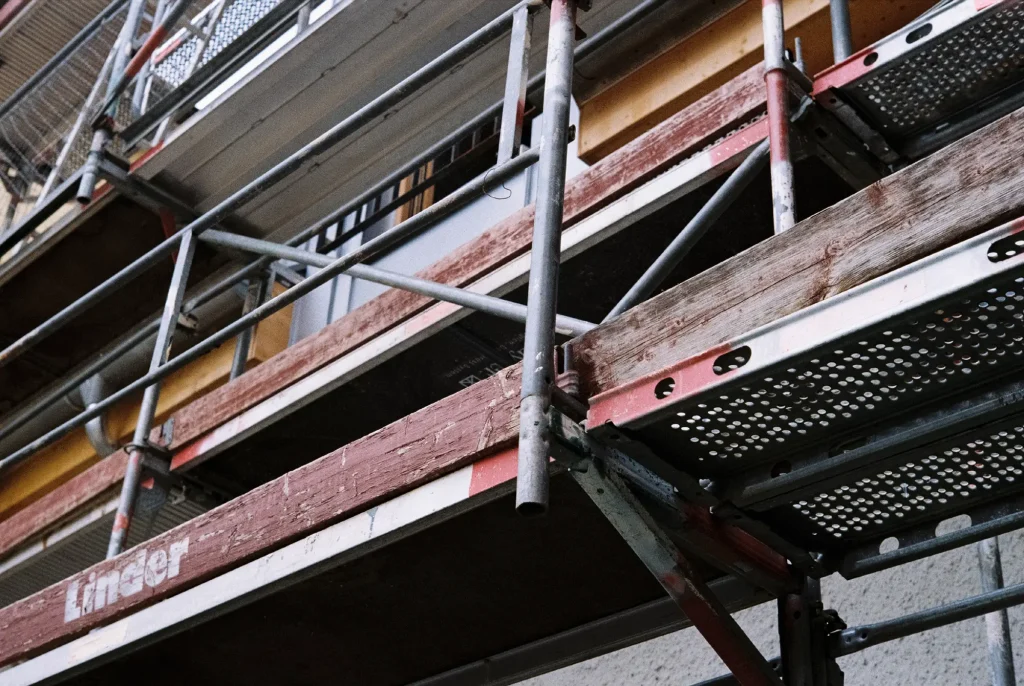
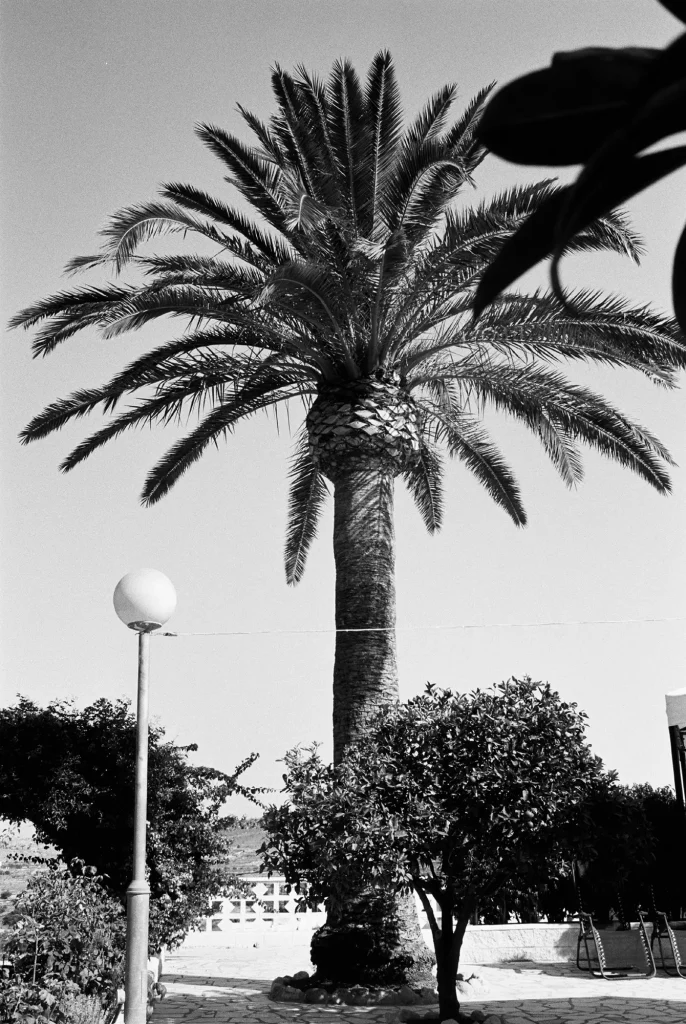
So what about the Leica R8?
As I wrote a bit above, I always liked the heft of the Leitz Reflexes. I used to have an R3, and that was a monster. And when I saw that Summicron-R on the R4s, I just needed to have it. The R8 was more of an experiment – when you are used to M system prices, the used Rs are almost laughably cheap, including the lenses.
In the end I got an R8, R4s, 50mm Summicron-R; 24mm Elmarit-R and 135mm Elmarit-R for less of what a regular M6 would cost on the used market. All working, glass all good, and a one-year dealer’s warranty on the R8. I’ll leave it to you to do the math on 2 M bodies (which I have) and 3 Leitz lenses for the M (which I don’t – yes, I am poor that way).
As you might note, with the exception of the 50mm ‘cron, these are all focal lengths that are difficult to use on an M, and the 50 and the 24mm focus significantly closer than what would be possible on a rangefinder. To me, these are legitimate use-cases, especially when doing portraits. While I love the rangefinder experience, there are a few things where nothing beats a 90mm+ lens (let alone an Elmarit 135) – and even that 90mm is a pain to accurately focus on an M.
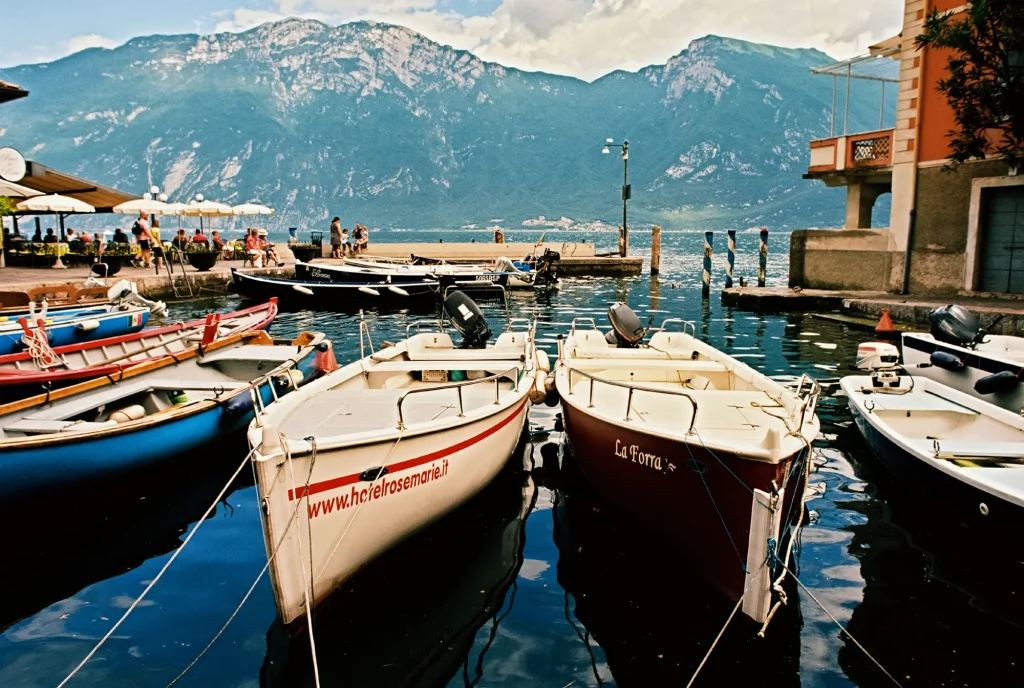
Of course, I could extoll all the known virtues of the R8. The 1/8000th of a second as the fastest speed, allowing shots with the aperture wide open even in broad daylight for example. Or I could go on to more obscure facts like that despite its weight, the camera is superbly balanced. It was made with the even-heavier modern Leitz APO lenses in mind, and even with the 135mm – which is a hulk, but nothing special compared to say, a f:2 / 180mm APO – the combination is excellently balanced and becomes a joy to use.
The shutter dial is also extremely responsive; you can just flick with your index finger. It allows you to dial half-times as well, which together with the half-stops available on Leica glass makes getting just the right exposure a piece of cake. Then as I said, 24mm and 135+mm is not just awkward on an M, most of the time, it’s just not on.
There is more too, but, there is one feature that makes the Leica R8 my absolute, all time favourite for people work: The viewfinder. Even though it is bright, ordered, uncluttered etc., there is really just one reason I love it so much. Maybe you can relate? I wear glasses…
The (blind) elephant in the room
I have read somewhere that roughly 40% of the world’s population need eye correction. I’ve no idea if I remember correctly or if the number is even remotely accurate, but it seems that I see a lot of people wearing glasses. This seems to never, ever, be brought up in rangefinder photography discussions. But using a standard (i.e. 0,72x magnification) M with glasses and anything wider than a 35mm lens is a pain in the arse. Even at 35mm, I need to hunt around the frame with my eyes in order to compose half-decently. Spontaneously shooting ‘street’ (whatever that is) is completely out of the question, with anything wider than 50mm.
On the R8, even 24mm is completely viewable including all the settings. Likewise, on the other end of the scale, focusing anything larger than 90mm accurately on a rangefinder with an aperture approaching 2.8 (or bigger) has nothing to do with your eyesight anymore – you have simply reached the limit of rangefinder accuracy. The R8 is glorious in that respect, and again, probably so far ahead of the curve that nobody got it.
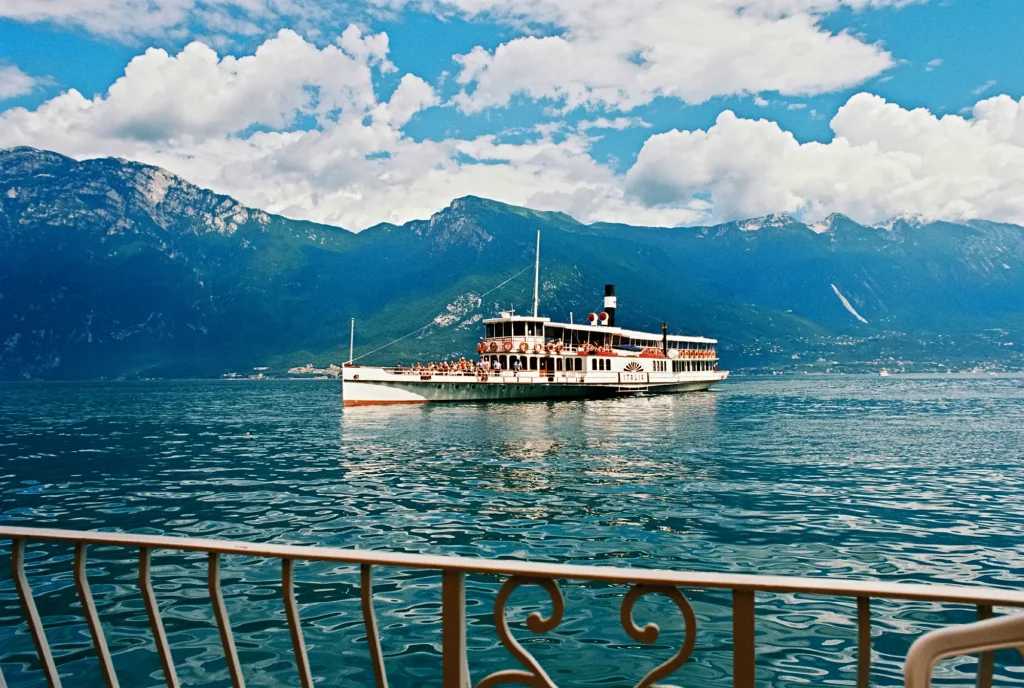
Leica M5 and R8; the best cameras of their kind
According to Ben Evans, the best products of a product cycle are usually available right as this cycle is about to be upended, or, in modern parlance ‘disrupted’ by another, newer, better product that obsoletes the old one. In other words, the very, very best horse-drawn carriage was probably available around 1925, and the best vinyl record player must have been available around 1990, during the heyday of the CD.
I think the M5 and the R8 are perfect examples of that. In 1971, it wasn’t the ‘huge’ M5 with the ‘weird’ arrangement of the strap lugs that heralded the end of the rangefinder as a mass-market camera. Let’s face it, nobody produced rangefinders anymore except Leica. They had all moved on to something much better, more convenient, more modern. They all moved on to the SLR. To the customer, the SLR had won, and that was the end of the mass-market rangefinder.
Leitz had simply failed to see that. By the way, no follow-up M, with the exception of the M6 in its first years, managed to attain the yearly production figures of the M5. Look it up in the Leica Pocket Book by Erwin Puts – the serial number batches are all in there. The M5 gives you the best technology possible – in 1971 – in a rangefinder body. It is excellent. But even then, it was obsolete. There is an irony to it, though: sometimes, time works for you. If you took pictures with a rangefinder in the 1980s, you were a dinosaur even then; if you still take pictures on analog film with a rangefinder today, you are super-hip. I hope you kept that vinyl… …
Likewise, the R8 was the pinnacle of the electronic, TTL, manual-focus SLR in 1993. The best. Unfortunately, everybody already had autofocus in that day, and a few years later, the caravan would all go digital – two routes that Leica found very, very difficult to travel. But that R8 could (and still can) do things that the cheap digitals cannot, there is a ton of great glass available, and it will probably work longer than I live. In a world where product cycles are measured in months now, that is very reassuring. It still is very heavy, but Leica managed to top that – with their own SL; the only mirrorless camera that aspires to be heavier than an SLR!
A couple of R8 Photos
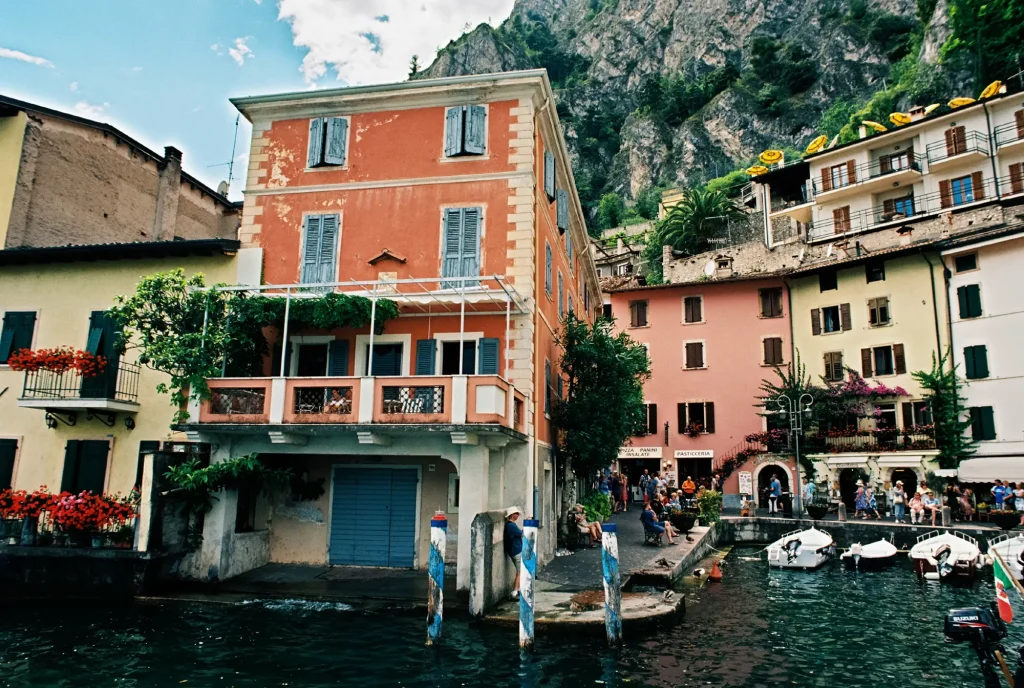
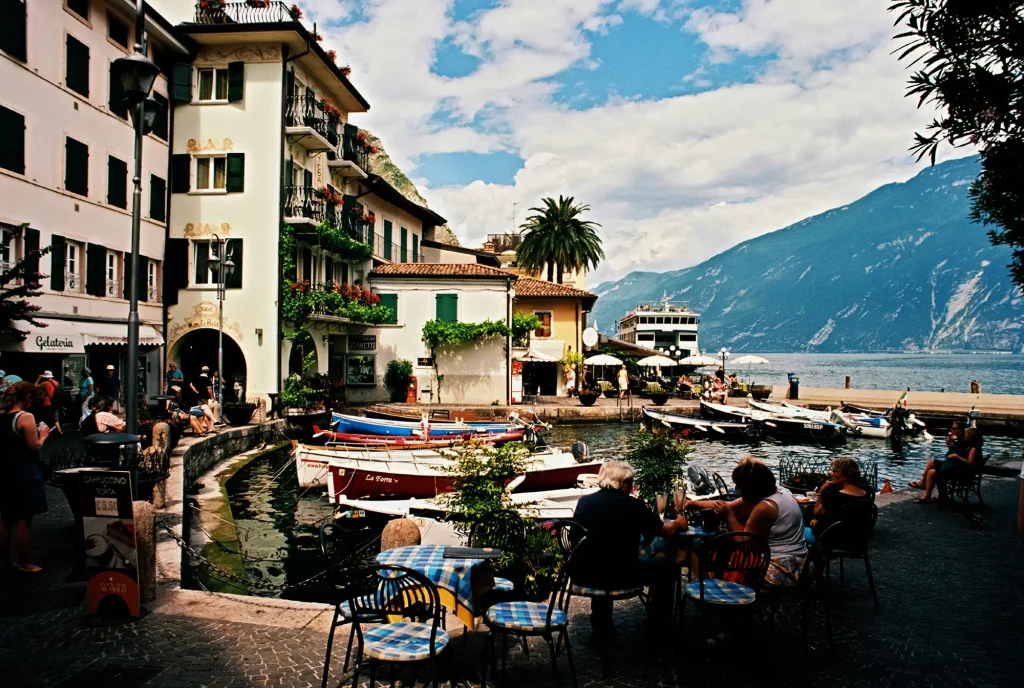
Final Thoughts
Nobody these days buys a Morgan Aero because they really need a car. Morgan still hand-makes all their cars, modern cars are precision-assembled by machines to exacting standards of safety, and the economies of scale. Modern cars are more reliable, more comfortable, more economical and much less expensive for those who need a car. And even so, we can see a time when much fewer people would need a car… Similarly, here was a time when people who needed a modern camera with full support and interchangeable lenses needed to buy a Leica. But let us not kid ourselves – despite Leica ads to the contrary – by 1971 that was no longer the case.
Like Morgan, Leica exists because there is a group of enthusiasts that like their products. Morgan has stated, quite proudly, that they produce 1,300 cars per year. The Mercedes plant in Sindelfingen, Germany, has the same capacity. Per day! Producing cars most people would not consider especially affordable, let alone cheap. It is the same for Leica vs. Everybody Else.
I do not want to proclaim my views as the absolute truth, but I think it would help in a world where everybody needs to assure themselves and everybody else that they have the bestest and the rightest equipment, if we occasionally realized that times change. Things become obsolete. Products reach the end of their competitiveness versus more advanced products. Markets move on. Sometimes, like rangefinders, products of a past era endure in a niche. If you love your old-fashioned stuff, that is great, because it speaks to your passion. That companies like Leica and their products still exist is beautiful, because then, you have that variety that we all love to see in this world. If you think a digital rangefinder is what you need, more power to you, because you see to it that a company can continue to fill a much-needed niche. Just don’t try to sell it to me as the future of imagining, or the pinnacle of user-friendliness when it clearly isn’t.
For film, because of the arguments mentioned above, I think the M5 and R8 are the best in their respective, very small niche.
Full disclosure: My name is Markus, I am a senior consultant for Randstad. I used to be in sales, and before that I used to do intercultural trainings for automotive companies. My background, originally, is in languages; photography is a hobby. I have used Leicas for about 20 years now. I am opinionated, but I’m not out to ruin anybody’s day. I am looking forward to your thoughts.
Share this post:
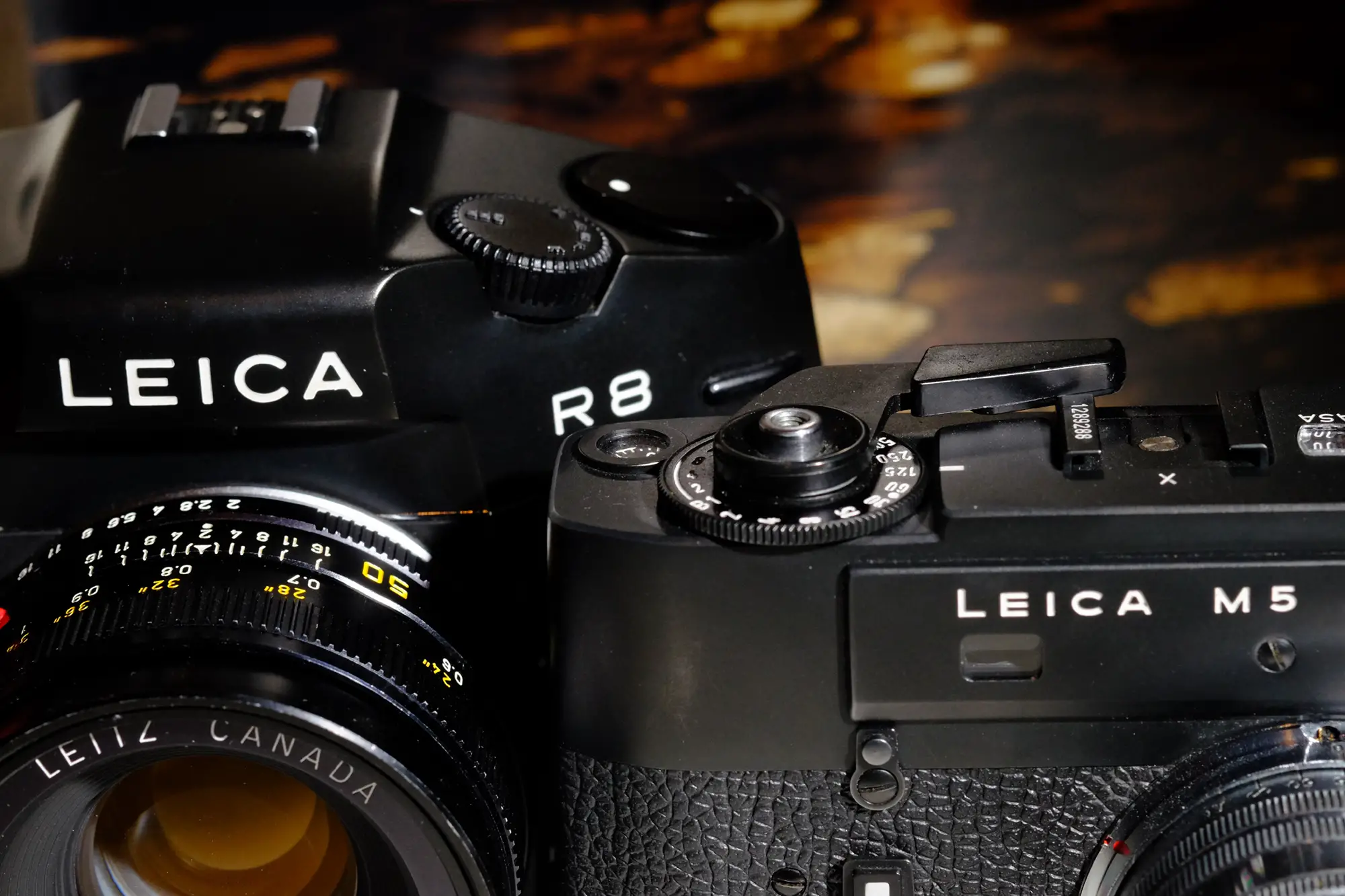








Comments
Steve Boykin on Leica M5 and R8 – In defence of the Forgotten Divas – by Markus Maurer
Comment posted: 03/10/2018
Comment posted: 03/10/2018
Eric on Leica M5 and R8 – In defence of the Forgotten Divas – by Markus Maurer
Comment posted: 03/10/2018
Comment posted: 03/10/2018
James Ashmore on Leica M5 and R8 – In defence of the Forgotten Divas – by Markus Maurer
Comment posted: 03/10/2018
I enjoyed this hugely, particularly the trenchant wit. The M5 has been on my list for a long time and you have just increased my longing.
Comment posted: 03/10/2018
Paulo Moreira on Leica M5 and R8 – In defence of the Forgotten Divas – by Markus Maurer
Comment posted: 03/10/2018
Comment posted: 03/10/2018
Aaron on Leica M5 and R8 – In defence of the Forgotten Divas – by Markus Maurer
Comment posted: 04/10/2018
I've had an M4 for a while which I love, but recently more and more have been looking at the M5 with curiosity. The improved shutter dial and readout just look like such great upgrades! This article appearing just as I've been scouring the net for more info must be a sign...
Comment posted: 04/10/2018
Bent_Brent on Leica M5 and R8 – In defence of the Forgotten Divas – by Markus Maurer
Comment posted: 04/10/2018
Really enjoyed that, thanks for posting.
Nick on Leica M5 and R8 – In defence of the Forgotten Divas – by Markus Maurer
Comment posted: 04/10/2018
Daniel Fjäll on Leica M5 and R8 – In defence of the Forgotten Divas – by Markus Maurer
Comment posted: 04/10/2018
Comment posted: 04/10/2018
stevenbleistein on Leica M5 and R8 – In defence of the Forgotten Divas – by Markus Maurer
Comment posted: 04/10/2018
Comment posted: 04/10/2018
Willem Dirks on Leica M5 and R8 – In defence of the Forgotten Divas – by Markus Maurer
Comment posted: 04/10/2018
JR Smith on Leica M5 and R8 – In defence of the Forgotten Divas – by Markus Maurer
Comment posted: 04/10/2018
Kodachromeguy on Leica M5 and R8 – In defence of the Forgotten Divas – by Markus Maurer
Comment posted: 04/10/2018
Some of my Leica adventures (I hope this is OK):
https://worldofdecay.blogspot.com/2014/08/photographing-decay-with-leica-camera.html
https://worldofdecay.blogspot.com/2017/12/good-things-in-small-packages-leica-iiic.html
Comment posted: 04/10/2018
M A Krishna Kumar on Leica M5 and R8 – In defence of the Forgotten Divas – by Markus Maurer
Comment posted: 04/10/2018
Peter on Leica M5 and R8 – In defence of the Forgotten Divas – by Markus Maurer
Comment posted: 09/10/2018
I own an M5 I bought new in Germany 1972, it has been my main photo tool until I bought an M9-P.
It has been in Wetzlar for service and oil change three times and is as good as new. It has been run over by a Mercedes, and just works. I own a lot of other super cameras, but as a creative tool, I feel the most comfortable with the M5.
It is, just as you describe it, a really cool tool and gives you fantastic control when you know how to use it. Especially the spotmeter, this precision is unique. I have used it during my studies, semi-professionally for work and many years on hobby basis. The way you describe the details you observe when working with the M5, just got me - I´ll start testing the new films offered today and reactivate analogue photography with the M5. Thanks!
Comment posted: 09/10/2018
Steve Boykin on Leica M5 and R8 – In defence of the Forgotten Divas – by Markus Maurer
Comment posted: 09/10/2018
Comment posted: 09/10/2018
Comment posted: 09/10/2018
jon campo on Leica M5 and R8 – In defence of the Forgotten Divas – by Markus Maurer
Comment posted: 08/01/2019
Simon on Leica M5 and R8 – In defence of the Forgotten Divas – by Markus Maurer
Comment posted: 08/06/2019
Bart on Leica M5 and R8 – In defence of the Forgotten Divas – by Markus Maurer
Comment posted: 03/08/2019
Thanks for the fun article!
Cheers
CharlesMorgan on Leica M5 and R8 – In defence of the Forgotten Divas – by Markus Maurer
Comment posted: 06/12/2019
Comment posted: 06/12/2019
Matt Wilkens on Leica M5 and R8 – In defence of the Forgotten Divas – by Markus Maurer
Comment posted: 20/03/2020
Comment posted: 20/03/2020
Anton on Leica M5 and R8 – In defence of the Forgotten Divas – by Markus Maurer
Comment posted: 20/08/2020
I was on the fence about M5, as visually I like it the most, but I read so much negative stuff around the internet about it, especially about it being unreliable? I also am very very sad I haven't grabbed one or two when they were crazy cheap, at the same time I might just grab a two lug one in the coming few weeks while they are still relatively "affordable". Will have to see it in person first, finally. But I think with my large hands it will fit ideally ;)
Cheers! And please let me know if you know more about it being "unreliable" since the article.
Comment posted: 20/08/2020
Matthew Brown on Leica M5 and R8 – In defence of the Forgotten Divas – by Markus Maurer
Comment posted: 04/04/2021
Comment posted: 04/04/2021
David Murray on Leica M5 and R8 – In defence of the Forgotten Divas – by Markus Maurer
Comment posted: 19/08/2022
I thoroughly recommend this camera. My batteries have not had to be changed in 15 months.